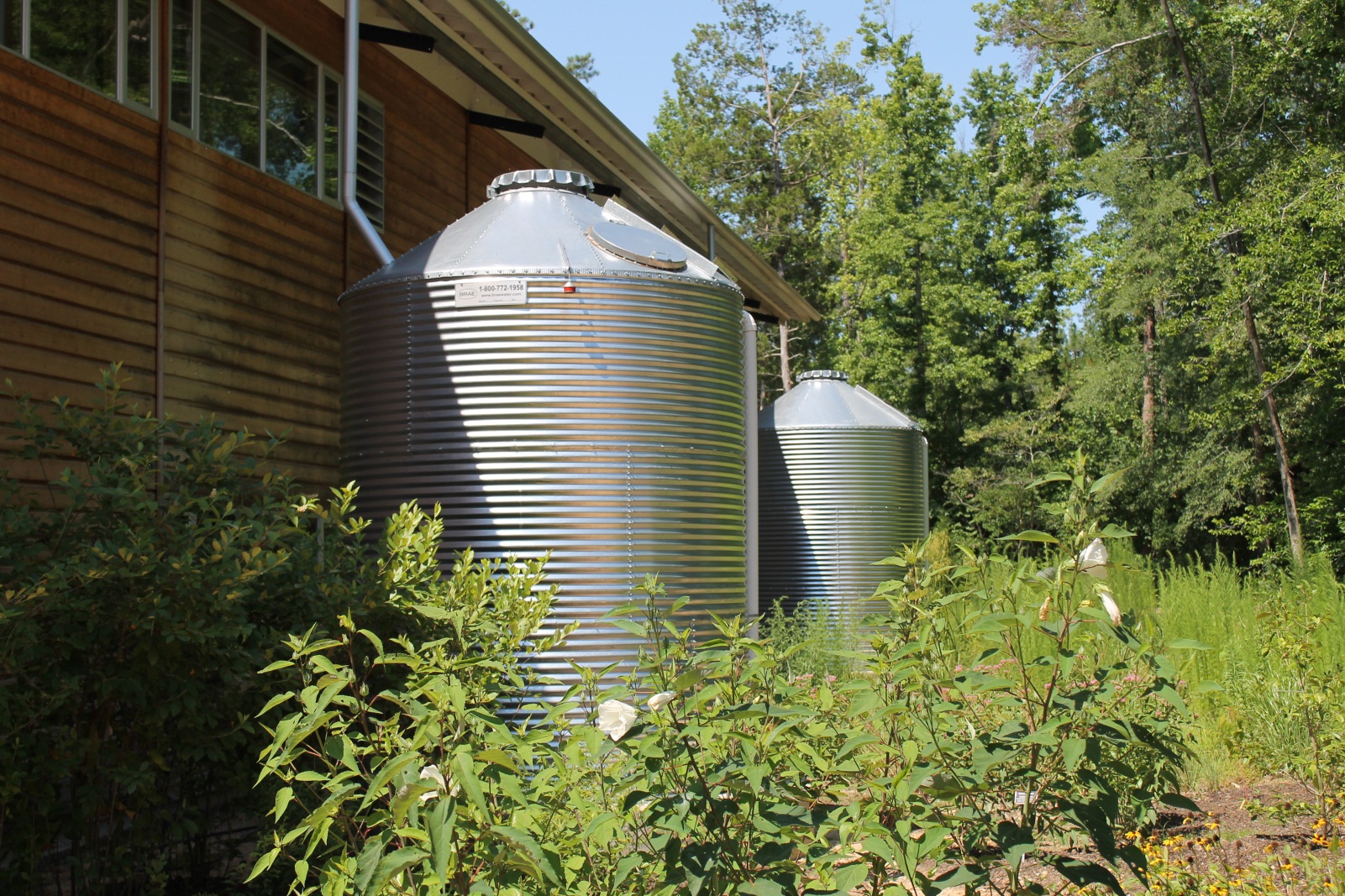Underfunded and overburdened water infrastructure is a critical problem in the United States. Aging pipes and inadequate regulation lead to decreased water quality and higher costs. Left untreated, these symptoms of a failing water system make people more vulnerable to service disruptions.
One way to mitigate water infrastructure issues is to lower the demand. Centralized water systems became widespread in the early 20th century as a way to prevent waterborne diseases and improve public health. . Even though this model serves 90% of the US population, its sustainability and effectiveness are challenged due to decreased funding and the challenges of a growing population.
Though fixing a system as daunting as water infrastructure feels impossible, a practical and sustainable water management system is not far beyond our grasp; the solution might even fit in your backyard.
Decentralized water management systems are a way for people to collect, use, and manage their own water supply on their own property or within their community. Benefits include lower cost, more local jobs, and less environmental impact. These systems can also lower the overall demand of central water systems by helping conserve energy and clean water. Using both systems of water management improves resilience to system-wide disruptions like natural disasters.
A 2019 study identifies areas most likely to adopt a decentralized water management approach through crowdsourcing data online. By understanding who is more likely to adopt alternative water management systems, funding and resources can be efficiently implemented, maximizing the benefits of a decentralized approach.
Surprisingly, one of the best ways to improve the drinking water supply is through new strategies for managing waste water. These decentralized systems don’t have to be technologically complicated or expensive for them to make a positive impact. As this study points out, rainwater harvesting and greywater recycling — where water from sinks and showers inside the home are reused– are viable alternatives to centrally treated water. By having these alternative sources for water that can be used for non-potable uses like irrigation and flushing the toilet, the user is able to meet their water needs while paying less.

Diagram of rainwater harvesting and greywater recycling systems, via Janet Yip Cheng Leong
While these systems in the study do not produce potable water, it creates an integrated system where the user benefits from the decreased overall demand of clean treated water from a centralized system and the reliability and cost-efficiency of a decentralized system.
To better understand the public perception and demand for decentralized systems, the researchers surveyed residents of different cities in the US through an online crowdsourcing platform. The survey determined how willing the respondents were to adopt a decentralized water system in their home or community, as well as what factors were the most important.
The study found water scarcity and the respondent’s home property value were main factors in whether a person was willing to adopt a decentralized water system. Additionally, people whose neighbors already had a system were more likely to do so. The researchers further identified areas with the greatest concentration of likely early adopters of these systems. These areas could be of interest in terms of outreach for information campaigns and economic initiatives. This relatively simple and cost-effective survey model could be applied to other metropolitan areas to identify the demand for decentralized systems.
Widespread use of decentralized systems can have large-scale collective benefits, as well. For example, prevalent rainwater harvesting can reduce stormwater runoff and flooding, and greywater recycling reduces the amount of wastewater that needs to be transported and treated at a central facility.

A rainwater harvesting system, via Christine E. Boyle, PhD
Admittedly, collecting rainwater will not have the same effect and replacing old pipes, but it’s a promising start to restructure the US’ relationship to water and its management. It may feel just like a drop in a bucket, but you’ll be surprised at how quickly it will fill up.